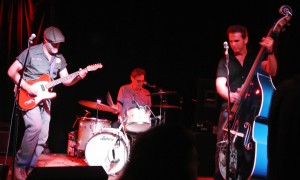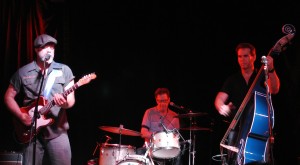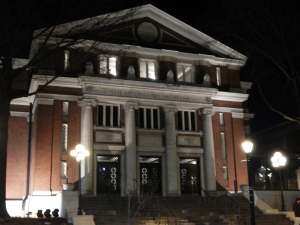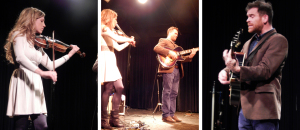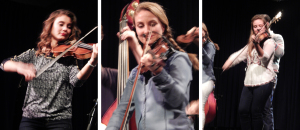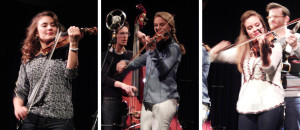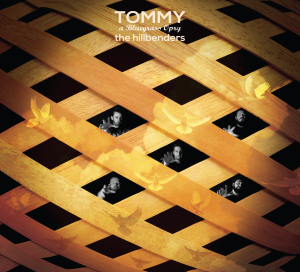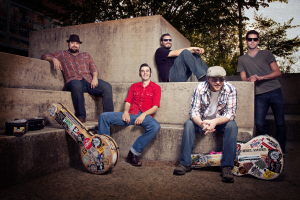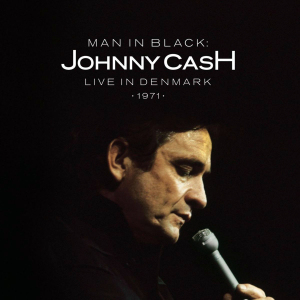
We were all hit hard by the COVID-19 lockdown. Even if we managed to stay healthy, we all know at least one person who was sick; if we were lucky, we didn’t lose anyone close to us. Being separated from loved ones was tough, having to rearrange our lives because of this virus was maddening. A lot of people were forced to say home, work remotely or, in extreme cases, lost their jobs, their livelihoods. One of the worst hit industries was entertainment: We couldn’t go see a live show, they couldn’t play live. A working musician’s “bread and butter” is playing live, meeting the fans; selling their merchandise (T-shirts, CDs, albums… ) makes up a very large part of a touring musician’s income. The need to play and create new music is built into a musician’s DNA. So it was that Sarah Borges recorded her new album, TOGETHER ALONE, released earlier this year, working with longtime producer Eric “Roscoe” Ambel and several bassists and drummers remotely. The cohesiveness of the album’s ten tracks is testament to the drive and determination to create.

Now, with Sarah coming to Off Broadway, one of Saint Louis’ coolest (and my personal favorite) venues, we spoke to her about what we can expect on August 24. “Well, you know, we’re touring in support of our newest record, which is called TOGETHER ALONE. It came out in February. And we recorded the record pretty much remotely during the lockdown portion of the pandemic so, luckily for me, the guys who play bass and guitar on the record, which are Keith Voegele from the Bottle Rockets and “Roscoe” Ambel, who produced all those Bottle Rockets records… they’re in the touring band, too, so… and, it’s rounded out by our drummer Kenny Soule. But the way we work it is, I play some songs from the record and then Roscoe will sing a few, play ‘em… we kinda trade back and forth during the show, lots of harmonies, lots of banter in between. It’s really fun, ya know? I kinda feel like, I’ve been doing this a long time and I’m so grateful to still be doing it. Every show is fun.”

Packing in tunes from Sarah’s eight albums, as well as music from Ambel’s bands, the Del-Lords, Roscoe’s Gang and the Yayhoos and… maybe a few surpsises, the evening should be a good one! With traces of the Beatles – especially George Harrison – wandering through the remotely recorded TOGETHER ALONE, the new songs have a friendly, poppy sound that really allows Sarah to get into the vocal arrangements without being too in-your-face. I, for one, am looking forward to hearing these new tunes performed live. Nick Gusman opens the show. Tickets are available at offbroadwaystl.com, at the door day-of-show and from the usual ticket outlets; more information is also available at the venue’s website. See you there!



